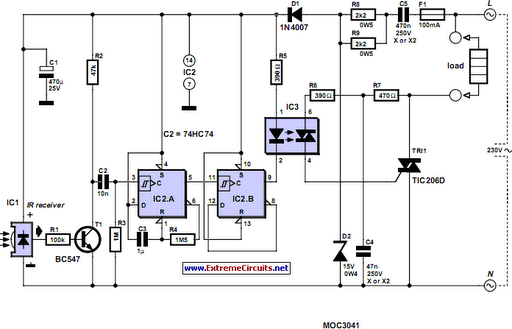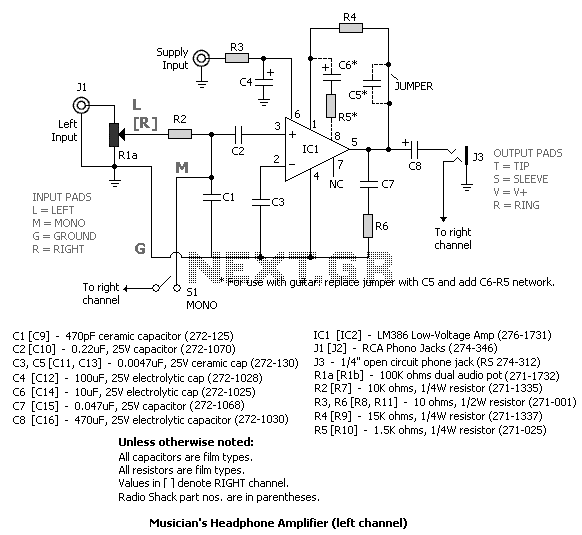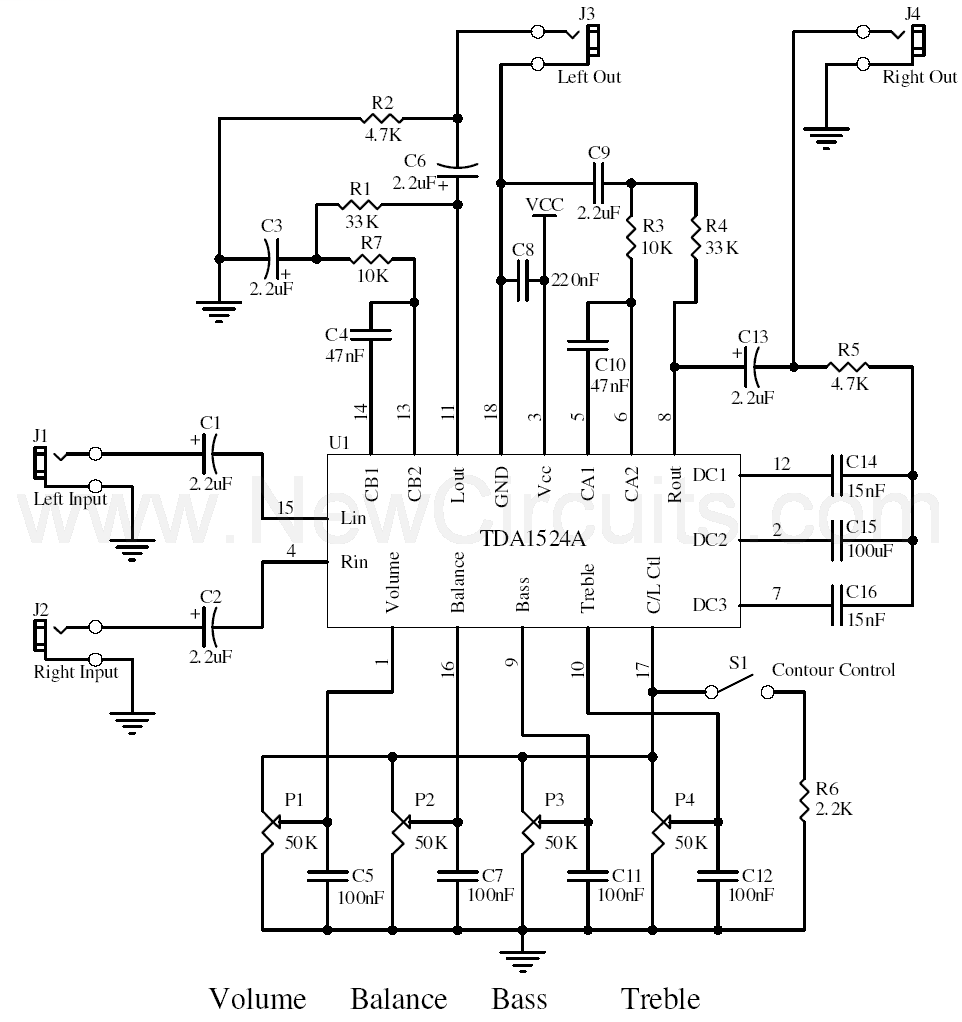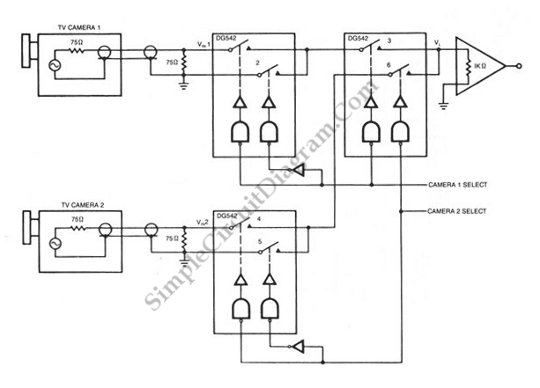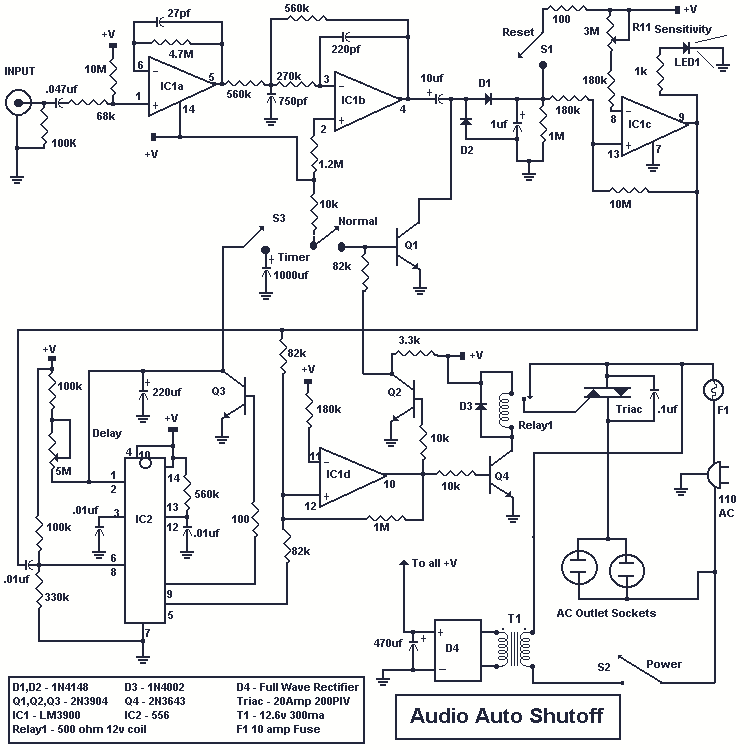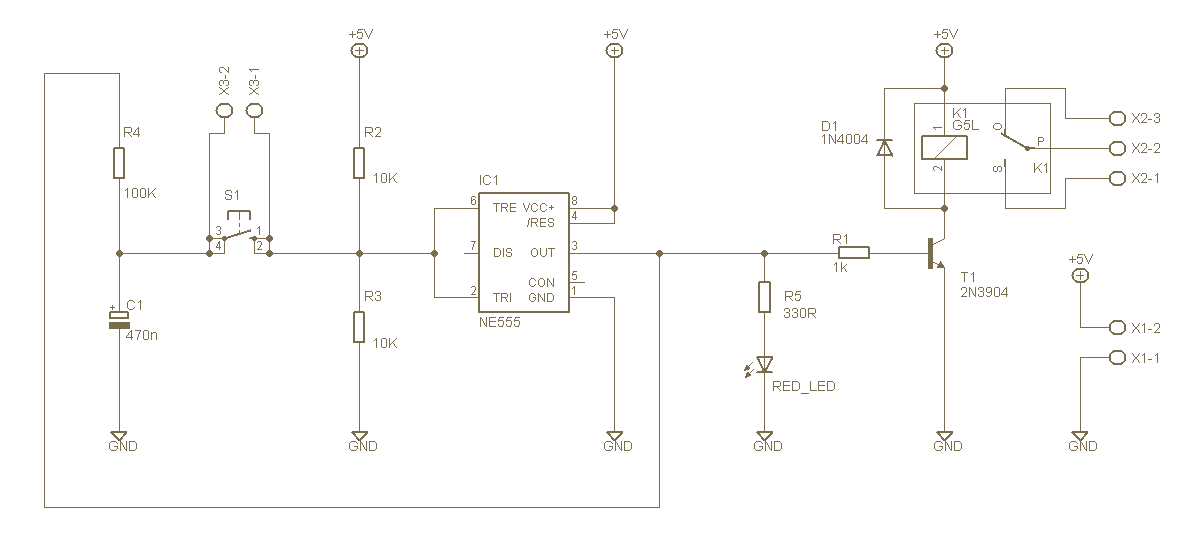
Turning Stereo Amplifer On and Off automatically
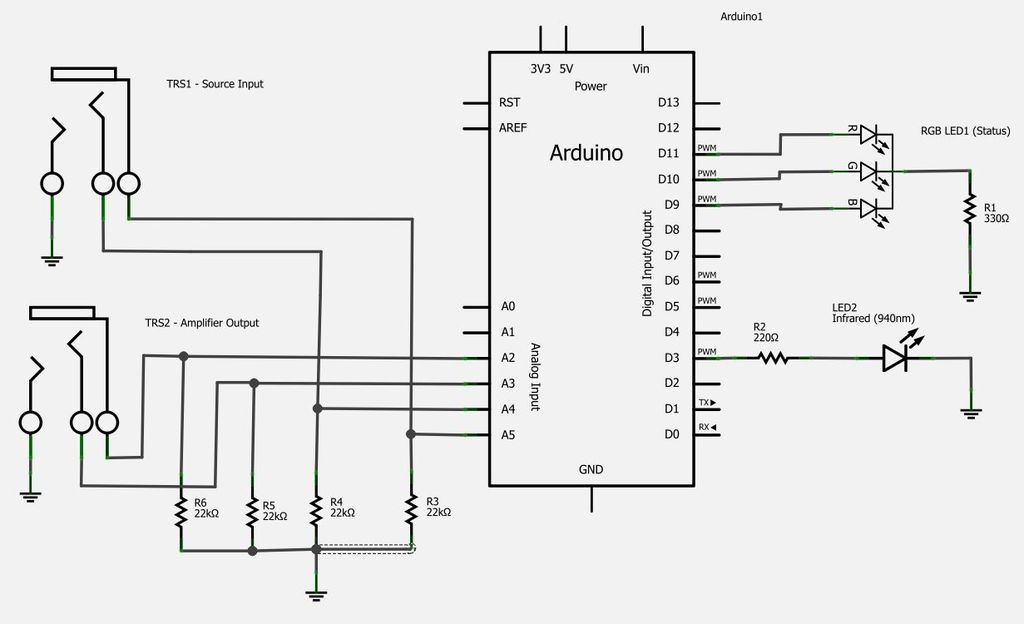
Is there an amplifier located in your living room, basement, or home theater that you would like to activate when music playback begins?
To achieve the desired functionality of automatically turning on an amplifier when music is played, a simple electronic circuit can be designed. This circuit typically employs a sound detection mechanism, which can be implemented using a microphone or a sound sensor module.
The circuit can be structured as follows:
1. **Sound Sensor Module**: A sound sensor, such as the LM393-based microphone module, detects audio signals. This module outputs a high signal when sound levels exceed a predetermined threshold.
2. **Microcontroller**: A microcontroller, like an Arduino or a similar platform, can be utilized to process the output from the sound sensor. The microcontroller will monitor the signal from the sound sensor, and when it detects a high signal indicating sound playback, it will trigger the next stage.
3. **Relay Module**: A relay module is employed to control the power to the amplifier. The microcontroller will send a signal to the relay to close the circuit, thereby allowing electrical current to flow to the amplifier. This will turn on the amplifier when music playback is detected.
4. **Power Supply**: The circuit requires a suitable power supply to ensure that all components, including the sound sensor, microcontroller, and relay, function correctly. Typically, a 5V power supply is adequate for this setup.
5. **Amplifier Connection**: The amplifier is connected to the relay's output. When the relay is activated by the microcontroller, it will complete the circuit, allowing the amplifier to power on.
6. **Adjustable Sensitivity**: It is advisable to include a potentiometer in the sound sensor circuit to adjust the sensitivity of the sound detection, ensuring that the amplifier only turns on in response to desired audio levels.
This circuit provides a straightforward solution for automating the power management of an amplifier based on audio playback, enhancing convenience in home entertainment setups.Do you have an amplifier hidden somewhere in the living room or basement (or home theater) that you want it to turn on when you start to play music?.. 🔗 External reference
To achieve the desired functionality of automatically turning on an amplifier when music is played, a simple electronic circuit can be designed. This circuit typically employs a sound detection mechanism, which can be implemented using a microphone or a sound sensor module.
The circuit can be structured as follows:
1. **Sound Sensor Module**: A sound sensor, such as the LM393-based microphone module, detects audio signals. This module outputs a high signal when sound levels exceed a predetermined threshold.
2. **Microcontroller**: A microcontroller, like an Arduino or a similar platform, can be utilized to process the output from the sound sensor. The microcontroller will monitor the signal from the sound sensor, and when it detects a high signal indicating sound playback, it will trigger the next stage.
3. **Relay Module**: A relay module is employed to control the power to the amplifier. The microcontroller will send a signal to the relay to close the circuit, thereby allowing electrical current to flow to the amplifier. This will turn on the amplifier when music playback is detected.
4. **Power Supply**: The circuit requires a suitable power supply to ensure that all components, including the sound sensor, microcontroller, and relay, function correctly. Typically, a 5V power supply is adequate for this setup.
5. **Amplifier Connection**: The amplifier is connected to the relay's output. When the relay is activated by the microcontroller, it will complete the circuit, allowing the amplifier to power on.
6. **Adjustable Sensitivity**: It is advisable to include a potentiometer in the sound sensor circuit to adjust the sensitivity of the sound detection, ensuring that the amplifier only turns on in response to desired audio levels.
This circuit provides a straightforward solution for automating the power management of an amplifier based on audio playback, enhancing convenience in home entertainment setups.Do you have an amplifier hidden somewhere in the living room or basement (or home theater) that you want it to turn on when you start to play music?.. 🔗 External reference
